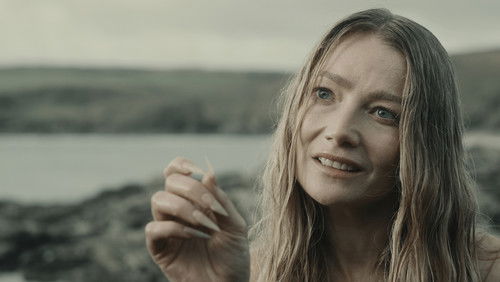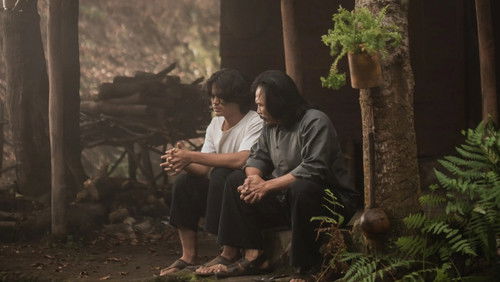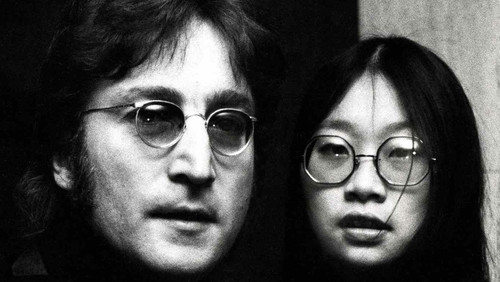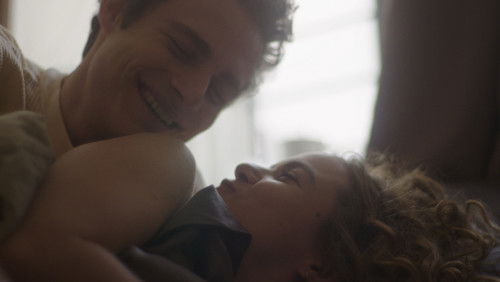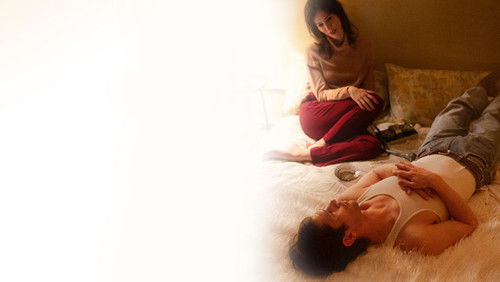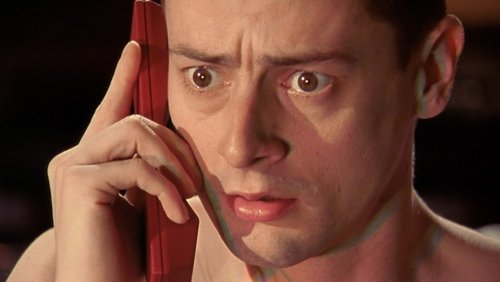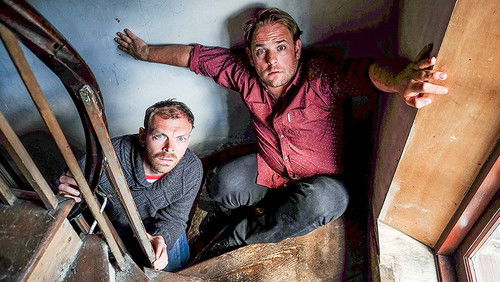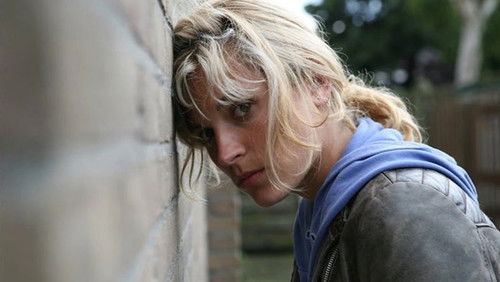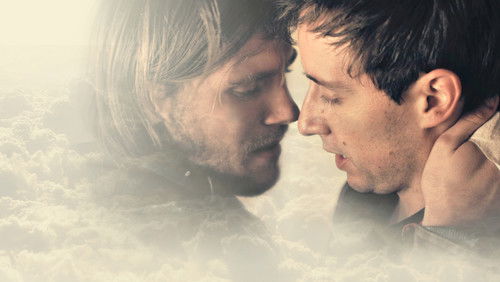Die Stunde des Siegers (1981)
62KDie Stunde des Siegers: Directed by Hugh Hudson. With Nicholas Farrell, Nigel Havers, Ian Charleson, Ben Cross. Two British track athletes, one a determined Jew, and the other a devout Christian, compete in the 1924 Olympics.
“I was a student at Edinburgh University in 1981 and was actually lodging with one branch of Eric Liddellu0026#39;s family.u003cbr/u003eu003cbr/u003eMy friends and I all went to see this movie repeatedly — and I mean five, six, or seven paid entrances. Why?u003cbr/u003eu003cbr/u003ePersonally, I donu0026#39;t think it had anything to do with the plot, character development, the music, or moral virtue. It was simply that the film was so utterly beautiful. u003cbr/u003eu003cbr/u003eThe men were beautiful in a clean, non-glamorous way that we had never seen before. Not in British films, and certainly not in Hollywood movies.u003cbr/u003eu003cbr/u003enThe social and educational expectations shared by all were beautiful. I know it is fashionable to decry the British class system, and in principle I agree with all the criticisms. But it also seems that erasing class-by-birth leaves little else but crass meritocracy and the sheer vulgarity of the uneducated masses. Abrahamu0026#39;s fellow students at Cambridge and Liddellu0026#39;s at Edinburgh participated in a social and educational system not driven by concerns about jobs, and not pathetically challenged by students who saw themselves as consumers and professors as entertainers.u003cbr/u003eu003cbr/u003eBritain was beautiful. Of course some parts still are, but Nazi bombs, post-war architecture, and modern cars have destroyed much. This was a Britain where people at the time might have decried u0026quot;Victorianu0026quot; architecture, but we in 1981 were just coming to realize how great it was. And this was a Britain where, for good or ill, middle class people kept their houses tasteful, and working-class door-steps were white-stoned each week. u003cbr/u003eu003cbr/u003eIn all this movie was a connection to the beautiful aspects of the British past. That past might never have existed in reality, but in 1981 we could just about touch it, above all in Edinburgh, spared by German bombs and still one of the most beautiful cities in the world.”

